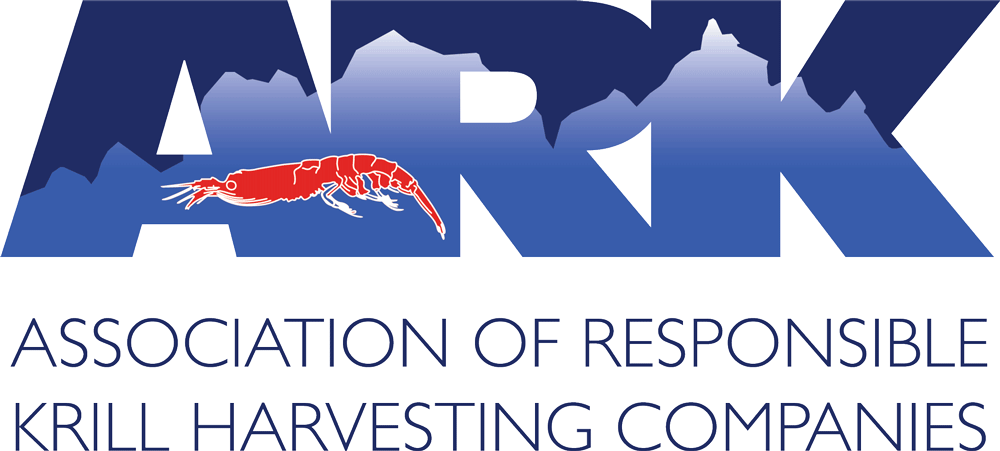Management of the krill fishery
The Commission for the Conservation of Antarctic Marine Living Resources (CCAMLR) has established management measures – or Conservation Measures - to ensure the sustainable management of the krill fishery in the Southern Ocean.
Member nations of CCAMLR are responsible for ensuring that their flag vessels fish in accordance with CCAMLR Conservation Measures and these requirements will be enshrined in their national license conditions.
CCAMLR takes an ecosystem-based approach to management, meaning that impacts on the entire ecosystem and its long-term sustainability are considered when making decisions about the management of the krill fishery. This includes impacts on other marine species.
CCAMLR Conservation Measures include catch limits, fishing areas, monitoring, compliance and reporting of vessel activity and the mandatory use of marine mammal exclusion devices on fishing gear. All krill vessels must carry international scientific observers and are tracked in real-time via Vessel Monitoring Systems (VMS) monitored by CCAMLR.
CCAMLR Conservation Measure 21-03 sets out a notification process for all vessels intending to fish for krill to be considered in advance by the Scientific Committee. This includes providing details of vessels’ marine mammal exclusion devices.
Conservation Measure 26-01 prohibits all fishing vessels in the Convention Area from dumping or discharging oil, fuel, food waste, fishing gear and plastic into the sea.
Two important measures that apply to the krill fishery are Conservation Measure 51-01 and Conservation Measure 51-07 which set the precautionary catch limits for krill.
The total allowable catch limit is reviewed annually by CCAMLR’s Working Group on Ecosystem Monitoring and Management (WG-EMM) and its Scientific Committee. These committees consist of world-leading scientists from CCAMLR Member countries.
The catch limit is determined through a stock assessment which models krill birth, growth and death rates, and different levels of fishing pressure. The process involves thousands of simulations to determine a precautionary limit.
In 2009, the precautionary limit was further subdivided across Subareas 48.1, 48.2, 48.3 and 48.4 to spread effort across these areas and avoid localized depletion. Vessels are required to report their catches every five days under Conservation Measure 23-06 and haul-by-haul catch and effort data are required to be reported every month.
The catch limit for krill in Antarctica has never been reached since the adoption of Conservation Measures for the krill fishery in the 1990’s.
In addition to the measures required by CCAMLR and the vessel flag states, ARK Members have established three Voluntary Restricted Zones (VRZs) to protect key penguin colonies. This initiative protects 74,400 km2 of critical penguin habitat, the single existing measure of its kind in the West Antarctic Peninsula.
Compliance with the VRZs is reviewed annually by an independent group of experts and no incursions into VRZs have been recorded.
